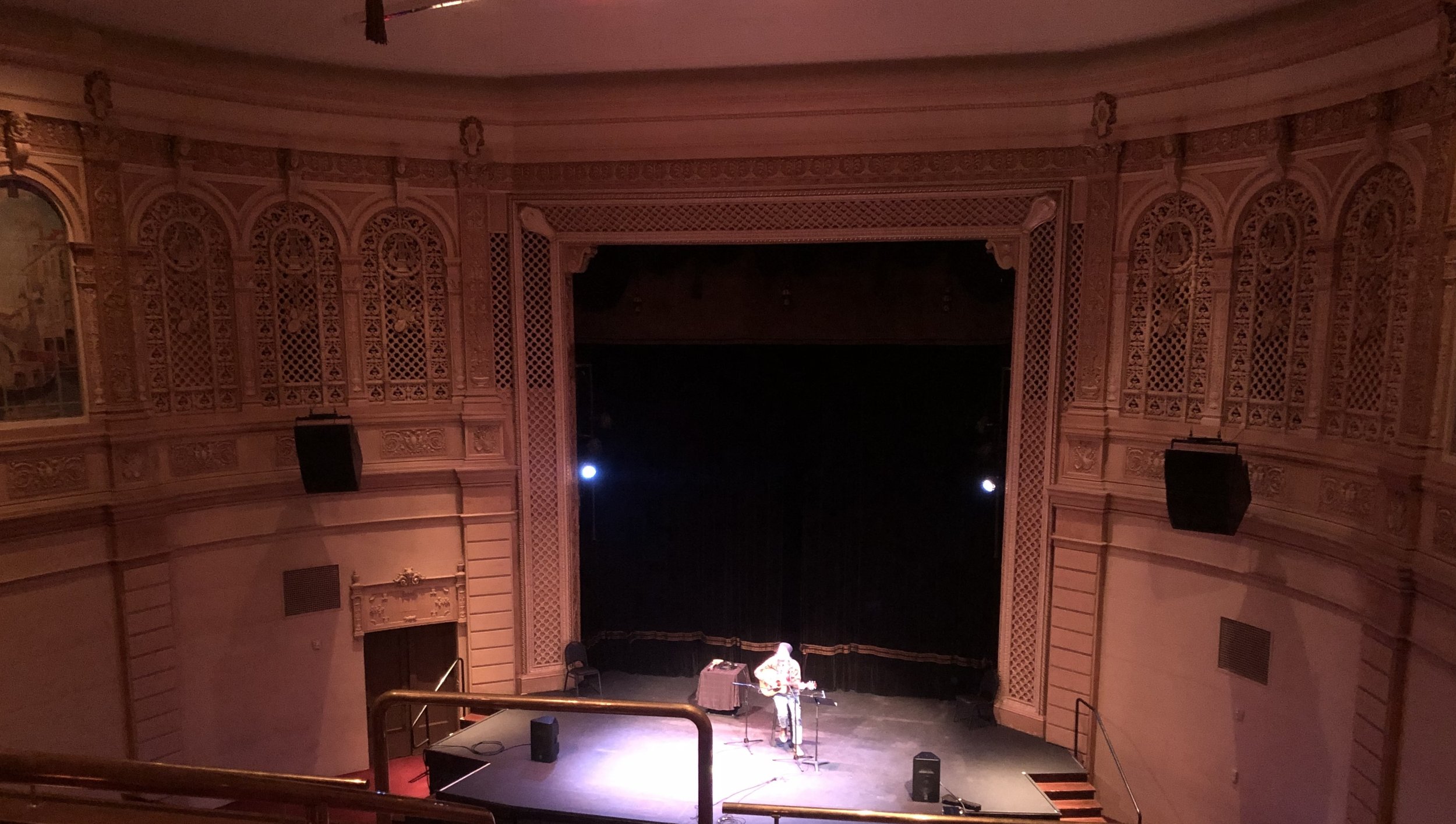Fisherpoets
There is research to suggest that certain artistic practices are associated with particular occupations. In their article “Political Shoemakers,” historians Eric Hobsbawm and Joan Wallach Scott consider the extent to which nineteenth-century European shoemakers were a product of their trade. Their findings suggest that shoemakers, in contrast to workers in trades like blacksmithing or tailoring, were at the time considered to be “worker-poets,” “worker-intellectuals,” and “popular philosophers,” in addition to their reputation as political radicals. This raises a question: What is the relationship between labor and cultural production in times of upheaval?
Every February, the Fisherpoets Gathering in Astoria, Oregon, brings together commercial fishermen from across the Pacific and Atlantic coasts to share poetry, storytelling, and songs. They write of the dangers of the fishing industry, loss at sea, the natural world, and strenuous labor. For some, the fishing trade is uniquely conducive to producing poetry. As historian Hobe Kytr has reflected, “the fisherman’s life is given to long periods alone in which to contemplate his work, his life and the cosmos, so why should it come as any surprise that fishermen are deep?”
Since its inception in 1998, the cultural significance of the annual Fisherpoet Gathering and fishermen’s cultural production have evolved amid escalating environmental change. With the global population growing, aquatic food systems are under economic, political, and environmental pressure. Fishermen face declining fish stocks in some fisheries, rising fuel costs, coastal gentrification, changing regulations, oil spills, and extreme weather brought about by climate change. New commercial and recreational fishing technologies raise governance issues, and concerns over illegal, unreported, and unregulated fishing.
As a result of these challenges, commercial fishing is both blamed for and affected by climate change. These effects lead to commercial fishermen being portrayed as environmental threats, when in fact many fishermen perceive themselves as front-line advocates for the ecosystems on which their livelihoods depend. Indeed, researchers have documented the resilience, adaptation, and strategic collaborations brought by fishing communities in response to climate change. This project explores how fishermen’s cultural production contributes to this process. I examine how, when, and why commercial fishermen employ artmaking and storytelling to make sense of environmental change and create pressure for sustainable fisheries. Utilizing ethnographic and narrative methods, I ask: (1) How does the fishing occupation shape cultural production? (2) When, how, and why do commercial fishermen engage in artistic practices, and to what ends? and (3) How do commercial fishermen perceive their role in climate resistance?
